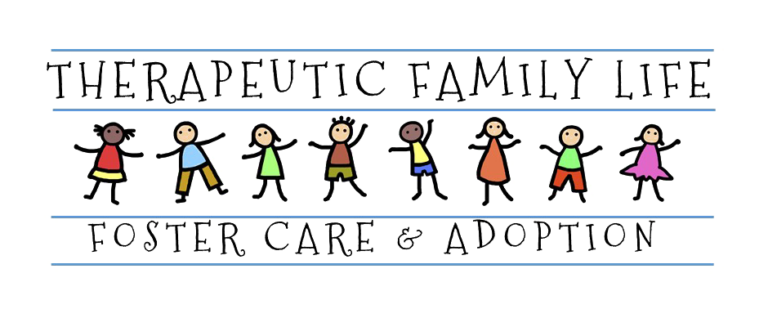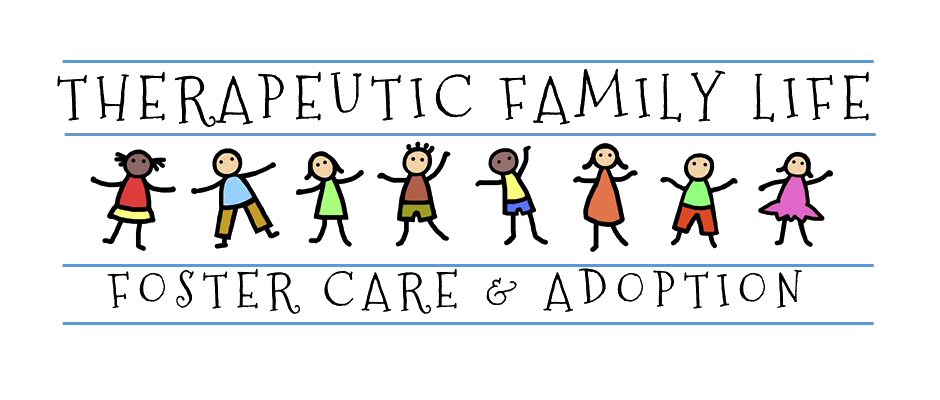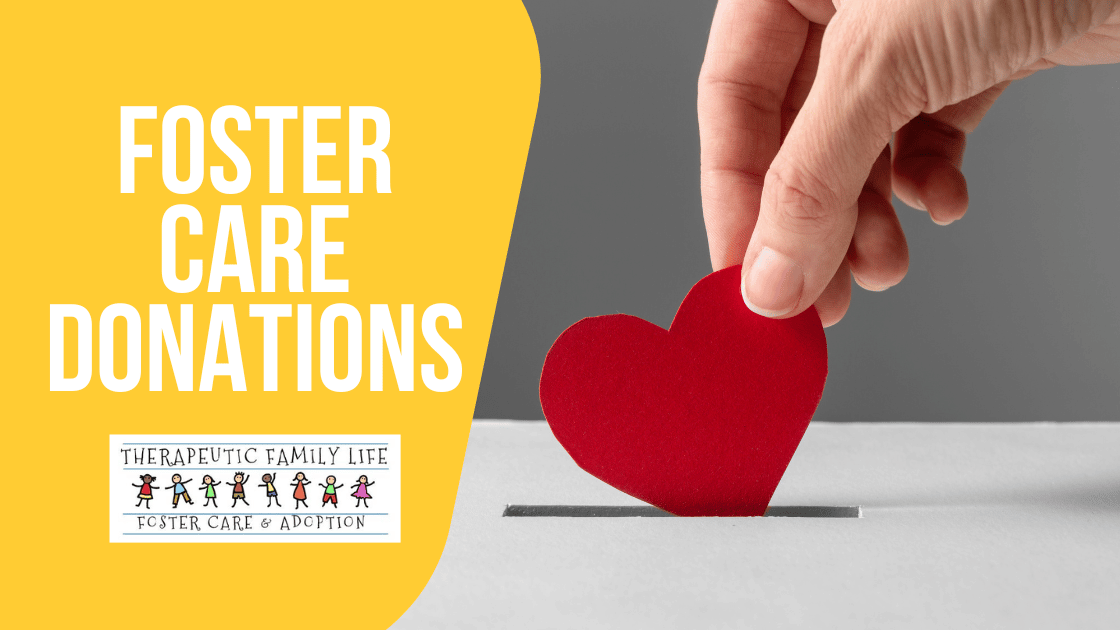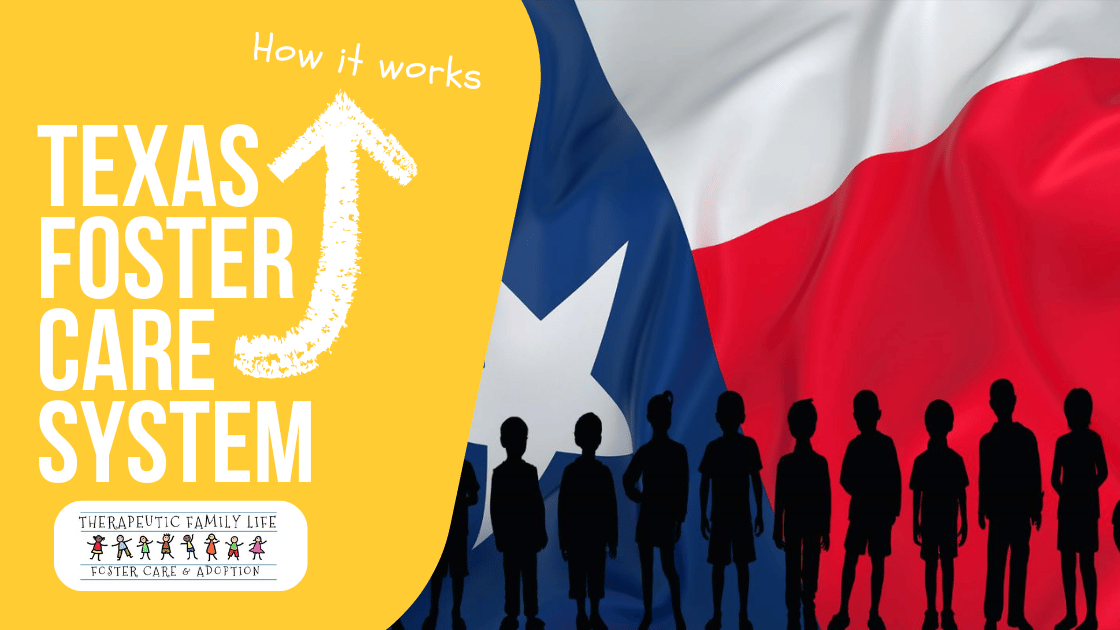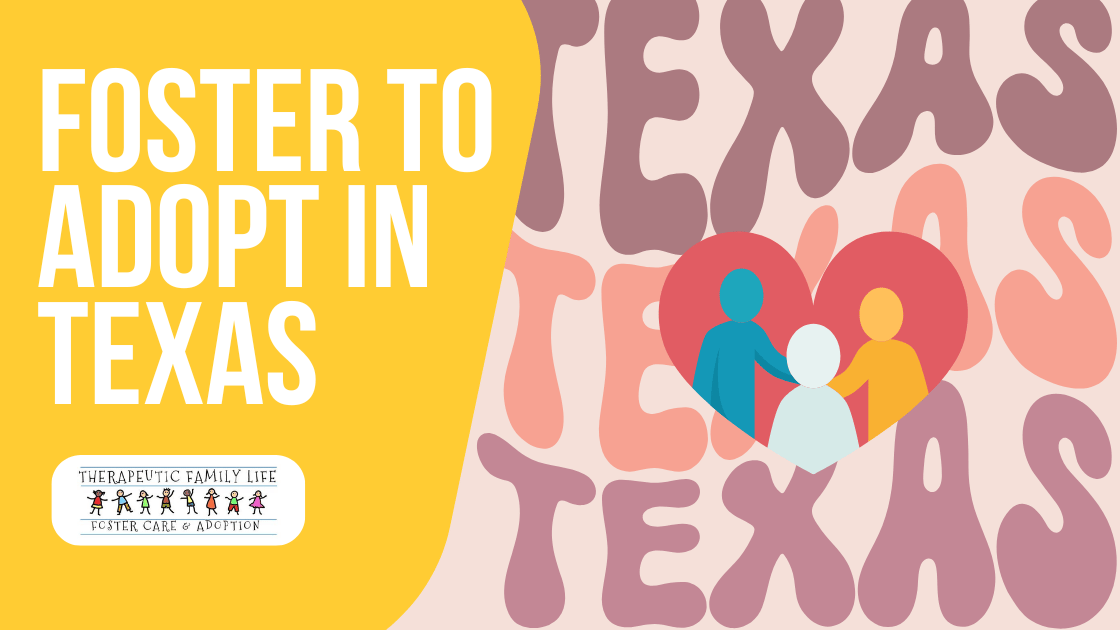Foster care is a system in which a minor who is in need of a safe, temporary home is placed with a foster family. There are over 400,000 children in foster care in the United States at any given time. Many people are unaware of some of the surprising facts and statistics related to the foster care system. For example, children in foster care are twice as likely to develop post-traumatic stress disorder (PTSD) compared to returning war veterans. Additionally, less than 3% of foster youth will earn a college degree by age 25.
This article will explore ten fascinating facts about foster care to shed light on the experiences of youth in the system. The realities of foster care can be heartbreaking but also highlight the incredible resilience of children and teens who have endured maltreatment, neglect, or abandonment. Understanding these facts brings awareness to the improvements needed in the foster care system and the importance of community support.
Fact 1: There are over 300,000 children in foster care in the US
On average, there are over 300,000 children in foster care in the United States alone. According to a report in 2021 from the U.S. Department of Health and Human Services, over 400,000 children spent time in foster care during the 2020 fiscal year. While the number of children entering foster care has declined in recent years, there are still hundreds of thousands of youth in the system at any given time.
Fact 2: Foster kids are twice as likely to suffer PTSD than returning war veterans
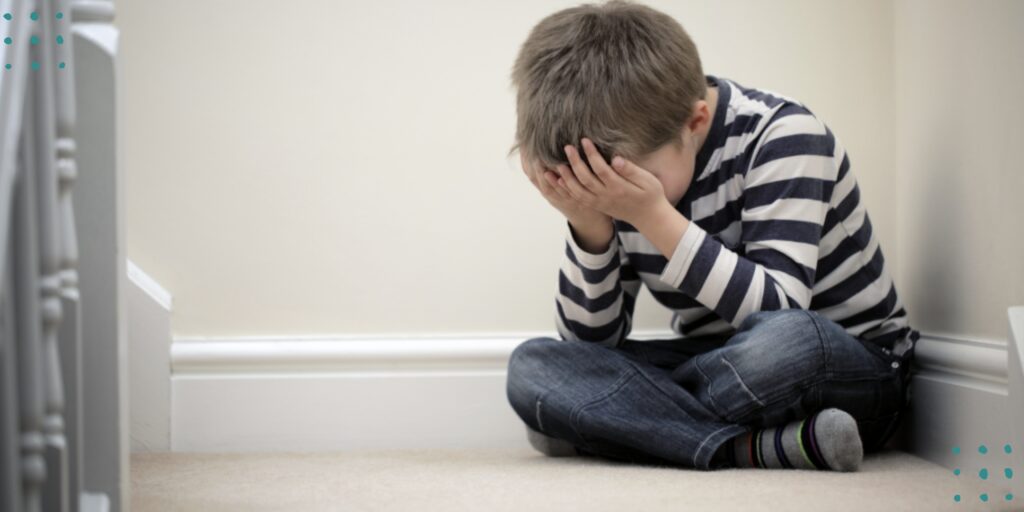
Children in foster care are twice as likely to suffer from post-traumatic stress disorder (PTSD) compared to American soldiers returning from war zones. This alarming statistic reveals the extent of trauma and adversity that many foster youth face prior to entering the system.
The journey into foster care often involves exposure to stressful and traumatic events like neglect, abuse, violence, or family dysfunction. The incredibly high rates of PTSD among foster children demonstrates the need for trauma-informed training for foster parents and increased access to mental health services. Providing a safe, stable, and nurturing environment can help foster kids begin to heal from past trauma.
Fact 3: After a year and a half of getting emancipated, 40% – 50% of foster youth are homeless
After spending their childhood in the foster care system, a huge number of young adults find themselves without a permanent home once they age out of the system. Studies have found that within a year and a half of leaving foster care, between 40-50% of former foster youth will experience homelessness. The lack of a support system after leaving, the absence of a family, and the lack of education and job skills contribute to the reason as to why so many former foster kids end up homeless.
Each year, about 23,000 children and youth age out of the US foster care system when they turn 18 or 21. With no stable housing, many of these young people bounce between temporary arrangements, shelters, or the streets, showing us the importance of making further efforts to extend support programs and resources to help them during the transition into adulthood.
Fact 4: Less than 60% of foster youth graduate from high school

The educational outcomes of youth in foster care are concerning. Studies show that less than 60% of foster youth graduate from high school by age 18, compared to over 80% of the general population. The challenges faced by foster youth make it difficult to succeed academically. Frequent moves in the foster care system result in disrupted education and gaps in learning, and their past trauma can negatively impact their motivation, concentration, and social relationships.
College graduation rates for former foster youth are even lower, with less than 5% of foster alumni earning a college degree compared to over 60% of their peers not in foster care. Lack of family support, financial resources, academic preparation, and guidance contribute to these low college entrance rates. Without a proper support system, foster youth are left to navigate the complex processes of applications, financial aid, course selection, and more on their own.
Fact 5: The average age of a child in foster care is 8 and a half years old
The average age of a child in foster care may be surprising to some. According to recent government data, the mean age of children entering foster care is about 8 years old. This means that most children who end up in foster care are of elementary school age. They are old enough to have memories of their life before foster care but still young in many ways. For most kids, ages 5-9 are formative years that include beginning school, developing interests/hobbies, and cementing their sense of identity within a family unit.
Not only is the age upon entering foster care significant, but so is the length of time spent in care. Statistics show that the average stay for a child in foster care is about 20 months. However, many children end up spending more years in the system before leaving, whether through reunification, adoption, or aging out.
Fact 6: California and Texas Have the Most Children in Foster Care

California and Texas have the highest number of children in foster care in the United States. According to data from the Adoption and Foster Care Analysis and Reporting System (AFCARS), in 2021, there were over 50,000 children in foster care in California and over 30,000 in Texas. To put those numbers into perspective, California and Texas combined have over 20% of the total foster youth population in the US. The next highest population is in Florida, with around 20,000 children in care.
Fact 7: More than 30% of children in foster care experience three or more placements
Multiple placements are common in the foster care system, unfortunately. According to reports, more than 30% of children in foster care will end up experiencing three or more different placements while in the system. This means moving from one foster family to another, having to change schools and neighborhoods, and make new friends all over again – all creating a lack of stability and continuity in their lives.
Fact 8: Children in foster care wait 3 to 4 years or more, to be adopted
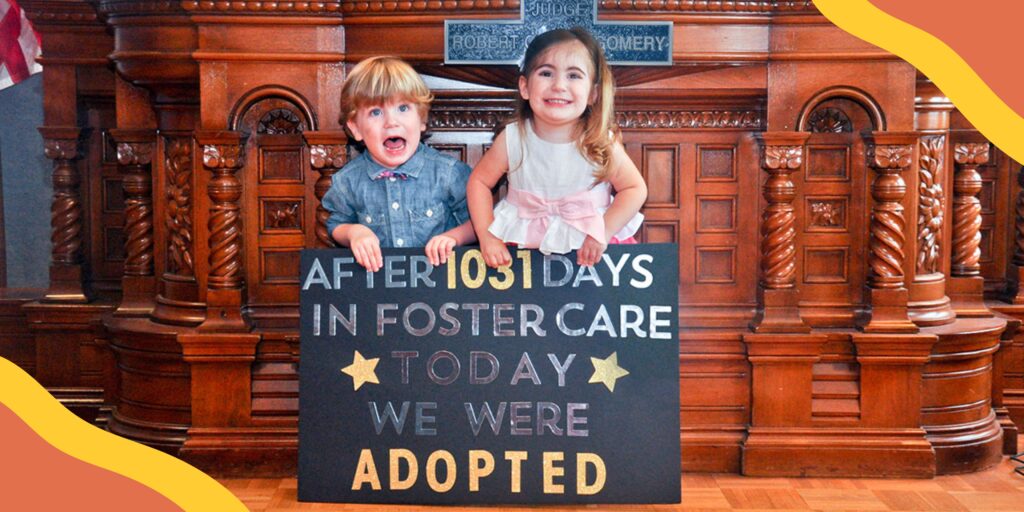
Children in the foster care system often wait a very long time before being adopted into a permanent home. According to research, the average length of time a child spends waiting to be adopted from foster care is between 3 to 4 years. The adoption process takes long because of various reasons such as the goal of the foster care system being the reunification of the children with their biological parents, the shortage of adoptive families, and the legal processes and paperwork requirements for adoption.
Fact 9: Approximately 184,000 households in the US care for a foster youth
According to the most recent data, there were about 184,000 foster families in the United States taking care of a foster youth. Based on that figure and the estimated 300,000+ children in the US foster care system, it is likely that less than half of all foster youth are placed in family care settings like foster homes. The remaining youth reside in other out-of-home placements, such as group homes and residential treatment centers. Though family foster homes are considered the most desirable placement option, there is a shortage of available and approved homes.
Fact 10: Around 90% of foster children report feeling part of their foster family

Interestingly, research has shown that at least 90% of foster care children report feeling like they are a part of the family that fosters them. This high percentage highlights the loving and nurturing environment that the vast majority of foster families provide.
The fact that so many foster children feel this way is a testament to the commitment and compassion of foster parents. It also shows that while the foster system has its flaws, there is a lot of good happening, with kids feeling loved, included, and supported in their foster families. This sense of belonging can make all the difference as these children navigate a difficult time in their lives.
Facts About Foster Care Conclusion
After delving into the eye-opening facts and statistics surrounding foster care, it becomes evident that the challenges faced by children in the system are profound. Despite the staggering number of children in foster care in the US and globally, there is a pressing need for stable, loving homes to support these vulnerable youths. The positive impacts of family and togetherness cannot be overstated when it comes to the growth and healing of foster children and youth. Let’s come together to support foster care initiatives! Share this with your loved ones, and consider opening your heart and your home to a child in foster care.
Melissa Rodriguez holds a Bachelor of Science in Psychology from Texas State University and has over 20 years of experience in childcare services and administration. She is a Licensed Child Placing Agency Administrator, responsible for overseeing day-to-day operations and ensuring agency compliance with policies, procedures, and contract requirements, in conjunction with the Executive Director and Executive Administrator.About This Author

Melissa Rodriguez
